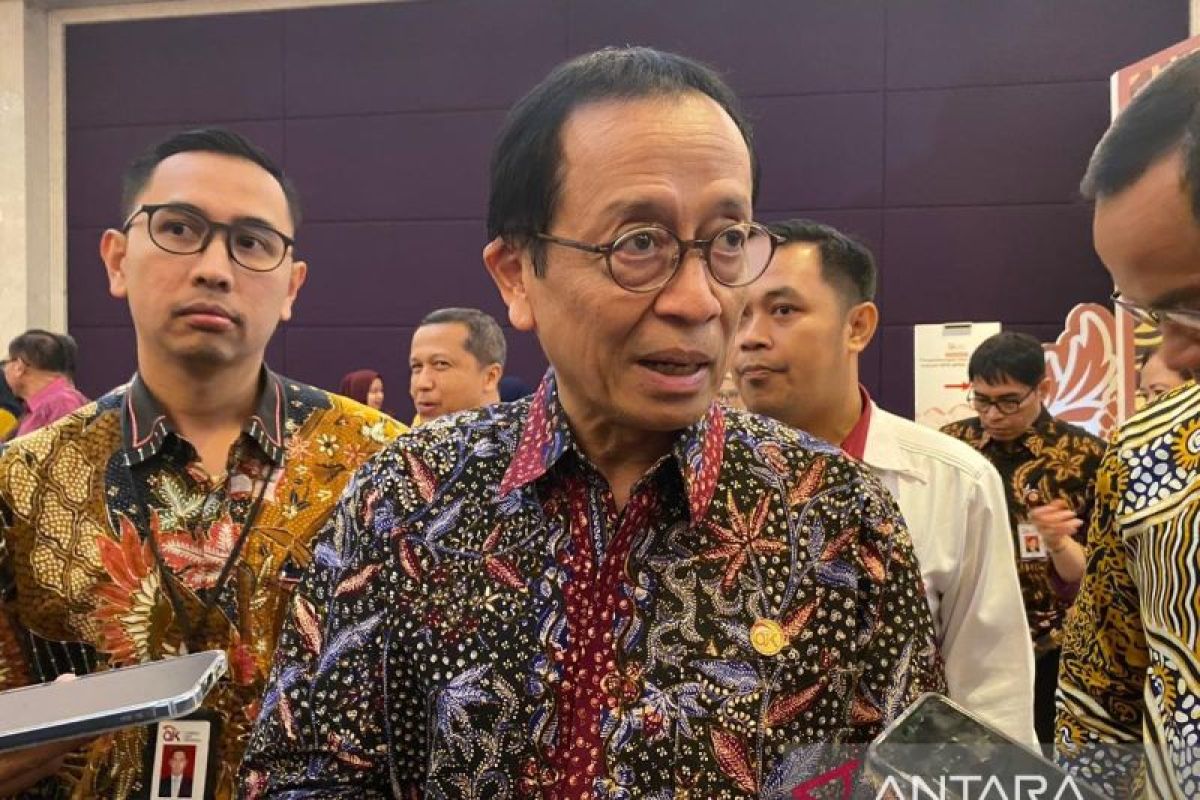"(This is) so that it can be implemented optimally where potential risks arising from these activities can be properly mitigated," Rae noted in Jakarta, Tuesday.
Rae remarked that bank foreign debt in foreign currency is a source of short-term funding for national banks.
In carrying out the intermediation function, Rae views that banks can use short-term foreign funding sources to optimize financing for various business activities amid high global interest rates for longer and expectations of exchange rate depreciation.
Rae stated that overseas cash inflow is considered to help support national economic growth in accordance with its capacity.
Related news: Govt deposits Rp11.5 trillion funding in 7 Regional Development Banks
Earlier, Bank Indonesia (BI) took steps to improve the countercyclical macroprudential policy of the Bank Foreign Funding Ratio (RPLN) to strengthen the management of bank foreign funding in accordance with economic needs that will take effect from August 1, 2024.
BI Governor Perry Warjiyo conveyed this in the Announcement of the Results of the BI Board of Governors' Meeting for June 2024 in Jakarta on June 20.
The policy includes new regulations regarding the definition and scope of foreign funding, which are used to calculate banks' maximum short-term foreign funding limit or the RPLN threshold.
The RPLN policy regulates the maximum limit for short-term foreign funding of bank capital (RPLN threshold) at 30 percent, with a countercyclical parameter of 0 percent, or give or take 5 percent.
It is determined based on BI's forward-looking assessment of the financial cycle, external risks, and financial system stability risks (SSK).
The current RPLN threshold is set at 30 percent with a countercyclical parameter of 0 percent, which will then be reviewed periodically every six months or as necessary.
Related news: World Bank funding pending Finance Ministry clearance: Minister AHY
Reporter: RIzka Khaerunnisa, Cindy Frishanti Octavia
Editor: Yuni Arisandy Sinaga
Copyright © ANTARA 2024












